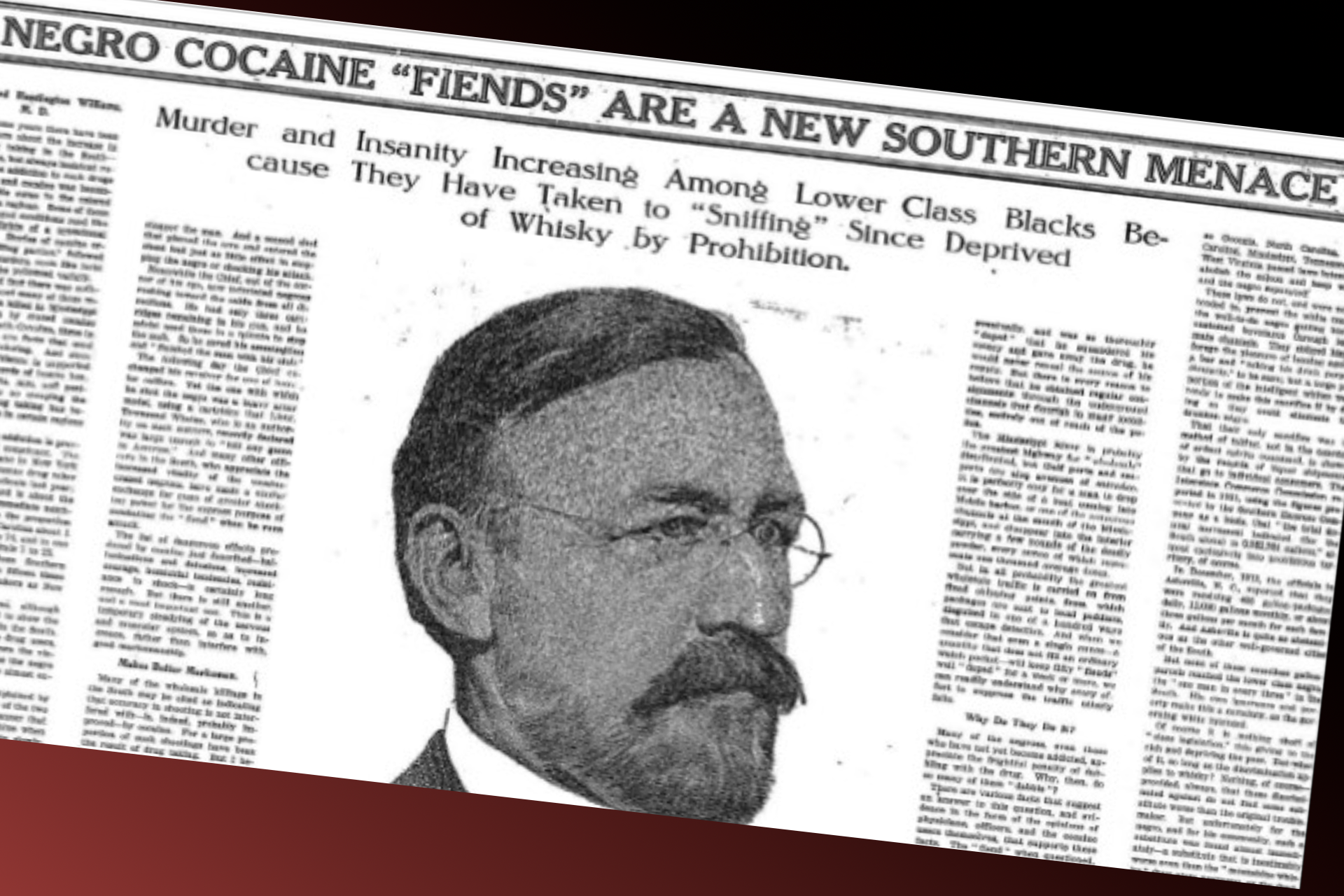
Buttressed by a windfall of opioid restitution dollars, Mayor Brandon Scott's $4.7 billion budget proposal is nonetheless shrouded in uncertainty as to whether harm reduction initiatives will be funded to their full potential.
Scott unveiled his proposed budget for the upcoming fiscal year on Wednesday, which came on the heels of a barrage of austerity measures from the White House. As those who use drugs in Baltimore continue to die preventable deaths at astronomical rates, the fate of billions of dollars meant for public health initiatives, including money for services related to mental health and substance use, is essentially up in the air.
As I outlined in a piece for the Baltimore Beat, the city's response is to take a touch-and-go approach to the budget process for the upcoming fiscal year.
“The reality is you can’t really have a contingency plan because no one knows — I don’t think they even know — what they’re doing to do from one second to the next,” Scott said. “We might have to come back and make adjustments to this budget based on what happens in D.C., and we have a great team that’s prepared to do that.”
Last week, President Donald Trump's administration abruptly announced it would cancel billions of dollars meant for local health departments. The reckless cost-cutting measures came amid a historic drop in fatal overdose deaths in Baltimore, with a decline in death rates also seen nationwide.
A federal judge blocked the move after Maryland and numerous other states sued, leaving it entangled in the courts. But it still has officials on edge.
Senior officials have said 45% of the health department's $185 million budget will come from federal funding. Cuts at the federal level, therefore, could cripple harm reduction and recovery initiatives as Baltimore finally gains momentum in its fight against an unprecedented overdose crisis.
The proposed budget does not factor in any potential cuts. Yet even without adjustments to account for Trump's ludicrous war against public health, the fiscal plan paints a mixed picture for the future of life-saving overdose prevention efforts.
The health department's budget marks more than an 11% decrease from the year prior, when the department had a budget of more than $208 million. Officials attributed this to a decline in state and federal aid.
On the other hand, the department would see a significant boost in funding for mental health and substance use programs under Scott's proposal.
The budget would allocate $9.8 million to such services, an 87% increase over the year prior. That is the most significant increase of any other area of the department's budget.
The city was given some grace this year, as its finances are bolstered by the city's new Opioid Restitution Fund, created by an executive order last year. The proposed budget suggests using more than $37 million from the fund.
This is the first year the city's budget stands to benefit from the windfall of restitution dollars. The dedicated fund is comprised of the city's earnings from lawsuits against opioid distributors and manufacturers, excluding any grants that were allocated before its creation because of settlement agreements.
The city is slated to receive nearly $670 million from five settlements and a jury verdict late last year, about $200 million of which has already been received. The governance structure mandates that the money be placed into a trust and distributed over 15 years.
The fund could have billions more coming, too, as a judge is expected to rule on a landmark opioid case against distributors McKesson and AmerisourceBergen, formerly Cencora, in the coming weeks.
As recently as last week, both senior members of Scott's administration and members of the Opioid Restitution Advisory Board expressed concern that federal cuts could hamstring local initiatives and force the city to use restitution funds to supplant existing funding rather than augment overdose prevention efforts.
"I am worried," one senior official said. "A very small amount [of the budget] is on our general fund, so all we've been able to do to get to this point was because of federal support. Having that money at risk... I would hate to see this money go into a backfill. We're trying to move forward; I don't want to just hold the dam."
Even without potential cuts factored into the budget, however, that's already being proposed.
The money allocated in the budget for the city's syringe service program, 911 nurse triage program and population health program would all be taken from the restitution fund rather than the city's general fund, senior officials said.
That accounts for millions of dollars.
Using restitution funds to supplant existing funding streams has been controversial among public health experts. Thirteen states and Washington, D.C., have restricted the practice, according to KFF Health News. Maryland is one of those states, though it has no control over funds Baltimore received through independent litigation.
The Johns Hopkins Bloomberg School of Public Health has published guiding principles for restitution funds, stating that jurisdictions should "use the dollars to supplement rather than supplant existing funding."
"In order to be sure that funds are being used to expand programs, jurisdictions should understand their existing baseline level of spending on substance use disorders," the website states. "This will help ensure that dollars from any opioid related settlements are additive to existing efforts. Most jurisdictions have already developed comprehensive opioid epidemic strategic plans; these strategic plans can be used as a starting point for prioritizing new investments from the opioid settlements."

Times are undoubtedly precarious right now, particularly for cities that have been beleaguered by the overdose crisis as much as Baltimore.
In addition to the proposed cuts to health departments, the U.S. Office of Management and Budget is working to pause billions in federal aid to force recipients of those dollars to align with the administration's far-right, anti-diversity ideology. That directive has also been blocked — for now.
Legal challenges have done little to assuage concerns. Local harm reduction groups have still have voiced fears about funding. More recently, Baltimore Safe Haven, a local nonprofit serving the city's trans community that offers harm reduction services, had to furlough 10 employees amid the uncertainty.
Only time will tell how this all plays out legally. Regardless, the fact that the city's budget proposes shifting funds through supplantation even without considering the impact of federal austerity should be a cause for concern.
For years, the status quo in terms of overdose prevention funding was met with skyrocketing fatal overdose rates. Until last year, the city had experienced a decade defined by a swelling death toll.
It's been encouraging to see the death rate decline, mirroring a nationwide trend. The fact that mental health and substance use funding would see a notable increase under Scott's budget is also a cause for some optimism.
As experts have made clear, however, the city cannot become complacent and allow overdose prevention efforts to remain stagnant. Any momentum must be seized upon, and there are no better initiatives to fund than those that save lives.
The country's drug supply is becoming increasingly deadly with the proliferation of nitazenes, xylazene and medetomidine. A more dangerous drug supply necessitates augmented harm reduction initiatives — not fewer, not the same.
It is still early in the budget process. Residents will be able to give feedback on the budget on April 23, when the Board of Estimates hosts its Annual Taxpayers’ Night, and there will be additional public hearings.
It is my hope that, before the Baltimore City Council passes a budget on June 26, residents make it clear that more must be done to protect those who use drugs and that amendments must be made to ramp up investments in prevention efforts.
The lives of those who use drugs likely depend on it.

Check out my recent piece for the Baltimore Beat on the state of trans rights in Baltimore. The community is a key part of the city's harm reduction ecosystem
In the face of the White House’s work to decimate transgender rights and reverse the progress of the LGTBQIA+ movement, Baltimore’s trans and nonbinary community is fighting back.
Dozens of activists descended upon City Hall on Monday for Trans Day of Visibility, where local officials assured them that the city would embrace and protect the community in response to President Donald Trump’s transphobic rhetoric and executive orders. Yet, they didn’t show up simply to let their presence be known. The day instead served as a reverberating call to action.
“We are the foundation,” said Renee Lau, administrative assistant and senior projects coordinator at Baltimore Safe Haven, a local nonprofit serving the trans community. “We can be the second Stonewall. We can do it through passive resistance.”
Click here to read the full article.
Mobtown Redux's Overdose Data Dashboard is frequently updated with the latest local, state and national data
Preliminary data recently released by the Maryland Department of Health covers total overdose deaths in the 12-month period ending in February. Overall, deaths have continued to trend downward.
There were 633 overdose deaths reported in Baltimore, a death rate of 108.1 per 100,000 people. The highest concentration of deaths remains in the Black Butterfly, specifically in West Baltimore.
Statewide, there were 1,463 deaths. Besides the city, the counties with the most deaths were Baltimore County, Prince George's County and Anne Arundel County, which saw 166, 148 and 109 deaths, respectively.
Check out Mobtown Redux's Overdose Data Dashboard here.
Click here to learn more about harm reduction resources in the Baltimore area.
Los Angeles Times: Will Trump kill programs that help drug users? L.A. harm reduction groups await fate
Samson Tafolo’s final count read 119.
For 45 minutes, he had tugged a wagon packed with mini water bottles, hemp cigarettes and miscellaneous hygiene products around Skid Row, handing out the supplies and keeping a tally of everyone he served on his usual route.
Tafolo and other leaders at the Sidewalk Project, a harm reduction nonprofit headquartered a few blocks down, make their rounds several times a week. The counting, he said, has become a high-stakes part of the job, because the numbers are reported in grant applications.
With the shifting political climate, their funding is suddenly in jeopardy.
Click here to read the full article.









Comments